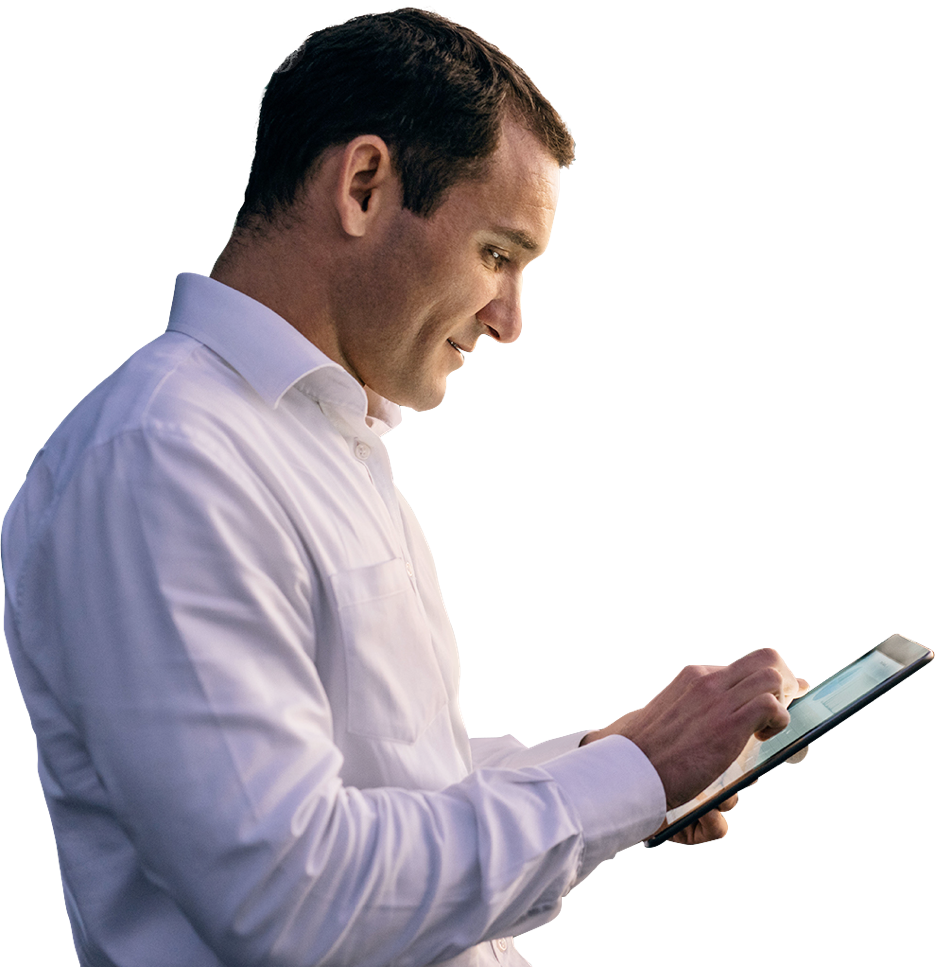We intend to announce our new strategy in June of 2021.
We expect it to be the continuation of Orange.one in its main pillars, while adding some new elements. Certainly, its most important element will be the 5G network development, which opens up a lot of new perspectives in both business and consumer markets. The FiberCo project that we have recently announced will mark our different approach to expanding the pool for our fibre service. This endeavour will allow for investment monetisation in retail and in wholesale operations.
We also want to become a more innovative company, focusing to a greater extent on artificial intelligence and virtual reality. Furthermore, there are growing volumes of data globally which need to be stored and analysed, and we want to be involved in this process. We see development opportunities for our Company in the area of digitisation of e.g. sales and customer-relations processes.


